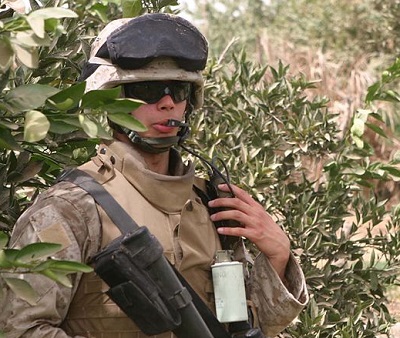New AR systems could potentially make a very big difference in complex emergency response.
A team of British engineers is currently developing a new form of augmented reality technology that could become highly usable for the improvement of military operation emergency responses.
The idea is to design the AR tech into highly mobile devices that can be used while in the field.
Among the various applications for the augmented reality emergency response technology includes a portable command center the size of a briefcase. That would be easy to transport and to use in a broad range of different types of emergency situation. Another type of AR tech under development includes a form of wearable device that pilots could use as a type of portable cockpit in order to enhance their awareness.
The British engineers who are working on this augmented reality technology are from BAE Systems.
 They have joined University of Birmingham researchers in order to come up with a number of concepts that involve mixed reality that provide the user with the ability to view their actual surroundings combined with virtual images, objects, video feeds, avatars and other types of usable content.
They have joined University of Birmingham researchers in order to come up with a number of concepts that involve mixed reality that provide the user with the ability to view their actual surroundings combined with virtual images, objects, video feeds, avatars and other types of usable content.
BAE Systems futurist, Nick Colosimo, explained that both virtual and AR technology are becoming increasingly commonplace in consumer products. This has opened up a broad range of potential for that market, but has also revealed the type of benefits that it could provide to the military and armed forces.
These various types of mobile device use an AR headset that has been compared to the Oculus Rift. The use of that gadget will make it possible for commanders to direct various forms of military operation, regardless of whether they involve the use of drones or troops, by viewing a virtual representation of the real situation. The device can also be implemented as a powerful training solution.
The researchers who are working on this augmented reality technology have stated that the headsets may one day be replaced with alternatives as small as eyeglasses or even contact lenses, as the tech continues to develop. University of Birmingham professor and simulation and human factors specialist, Bob Stone, explained that “Since my first virtual reality experience at NASA nearly 30 years ago, the technology has evolved from the primitive head-mounted displays and computers to today’s world where we can interact with complex virtual objects, integrated in real-time with real-world scenarios.”

